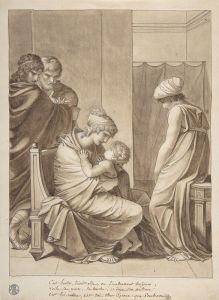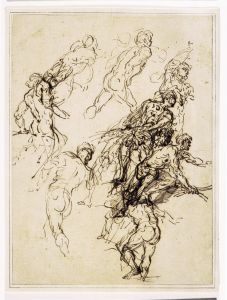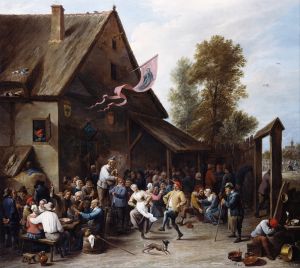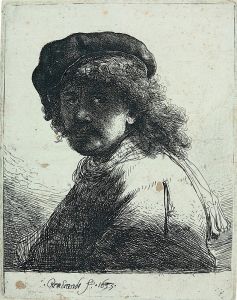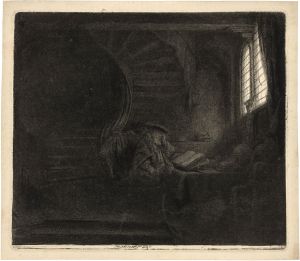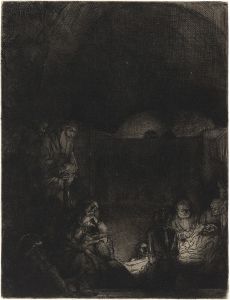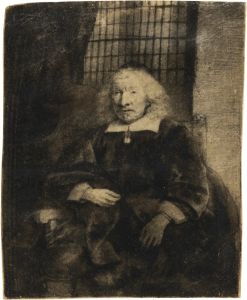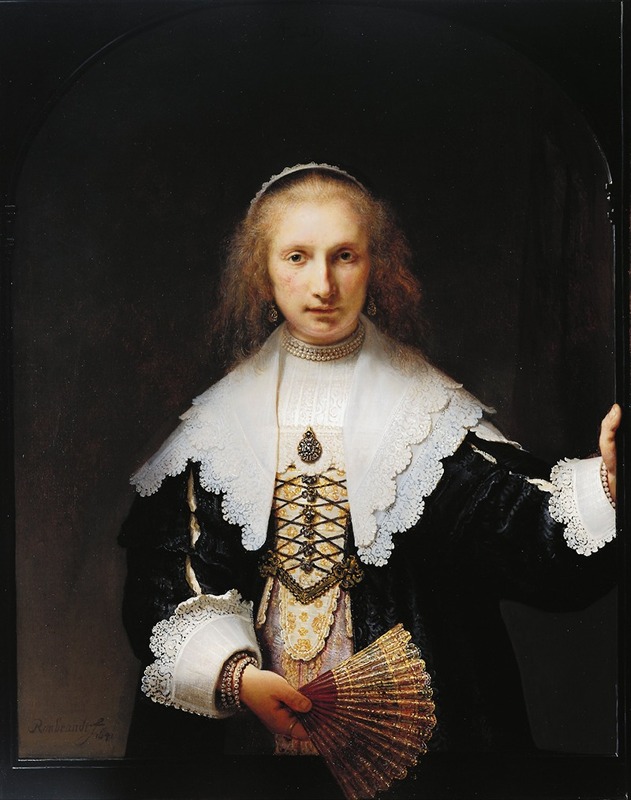
Agatha Bas
A hand-painted replica of Rembrandt van Rijn’s masterpiece Agatha Bas, meticulously crafted by professional artists to capture the true essence of the original. Each piece is created with museum-quality canvas and rare mineral pigments, carefully painted by experienced artists with delicate brushstrokes and rich, layered colors to perfectly recreate the texture of the original artwork. Unlike machine-printed reproductions, this hand-painted version brings the painting to life, infused with the artist’s emotions and skill in every stroke. Whether for personal collection or home decoration, it instantly elevates the artistic atmosphere of any space.
Agatha Bas is a portrait painting by the renowned Dutch artist Rembrandt van Rijn, created in 1641. This work is an exquisite example of Rembrandt's skill in portraiture, showcasing his ability to capture the personality and status of his subjects with remarkable detail and realism. The painting is housed in the Royal Collection and is part of the collection at Buckingham Palace, London.
The subject of the painting, Agatha Bas, was the wife of Nicolaes van Bambeeck, a wealthy Amsterdam merchant. The couple was part of the affluent and influential class in Amsterdam during the Dutch Golden Age, a period marked by great wealth, cultural achievement, and artistic innovation. Rembrandt was a sought-after portraitist during this time, and his services were often commissioned by the elite of Dutch society.
In the portrait, Agatha Bas is depicted with a serene and composed expression, embodying the grace and poise expected of a woman of her standing. She is dressed in a luxurious black gown with intricate lace detailing, which was fashionable among the upper classes of the period. The lace is rendered with meticulous attention to detail, highlighting Rembrandt's mastery in depicting textures and materials. Her attire, along with the pearl necklace and earrings she wears, signifies her wealth and social status.
One of the most striking features of the painting is the trompe-l'oeil effect created by the depiction of Agatha's hand resting on a stone ledge. This illusionistic technique gives the impression that her hand is extending out of the picture plane, engaging the viewer and adding a sense of depth to the composition. This element demonstrates Rembrandt's innovative approach to portraiture and his ability to blend realism with artistic creativity.
The background of the painting is dark and subdued, a common characteristic of Rembrandt's portraits, which serves to emphasize the subject's face and attire. The use of chiaroscuro, the contrast between light and dark, is employed masterfully to create a three-dimensional effect and to draw attention to Agatha's facial features. Her face is softly illuminated, highlighting her calm demeanor and the subtle details of her expression.
Rembrandt's portrait of Agatha Bas is celebrated not only for its technical excellence but also for its psychological depth. The painting captures not just the likeness of Agatha Bas but also conveys a sense of her character and presence. This ability to portray the inner life of his subjects is a hallmark of Rembrandt's work and contributes to his enduring reputation as one of the greatest portraitists in the history of art.
Overall, Agatha Bas is a testament to Rembrandt's skill and artistry, reflecting the cultural and social milieu of 17th-century Amsterdam. It remains an important work within the Royal Collection, admired for its beauty, craftsmanship, and the insight it provides into the life and times of its subject.






